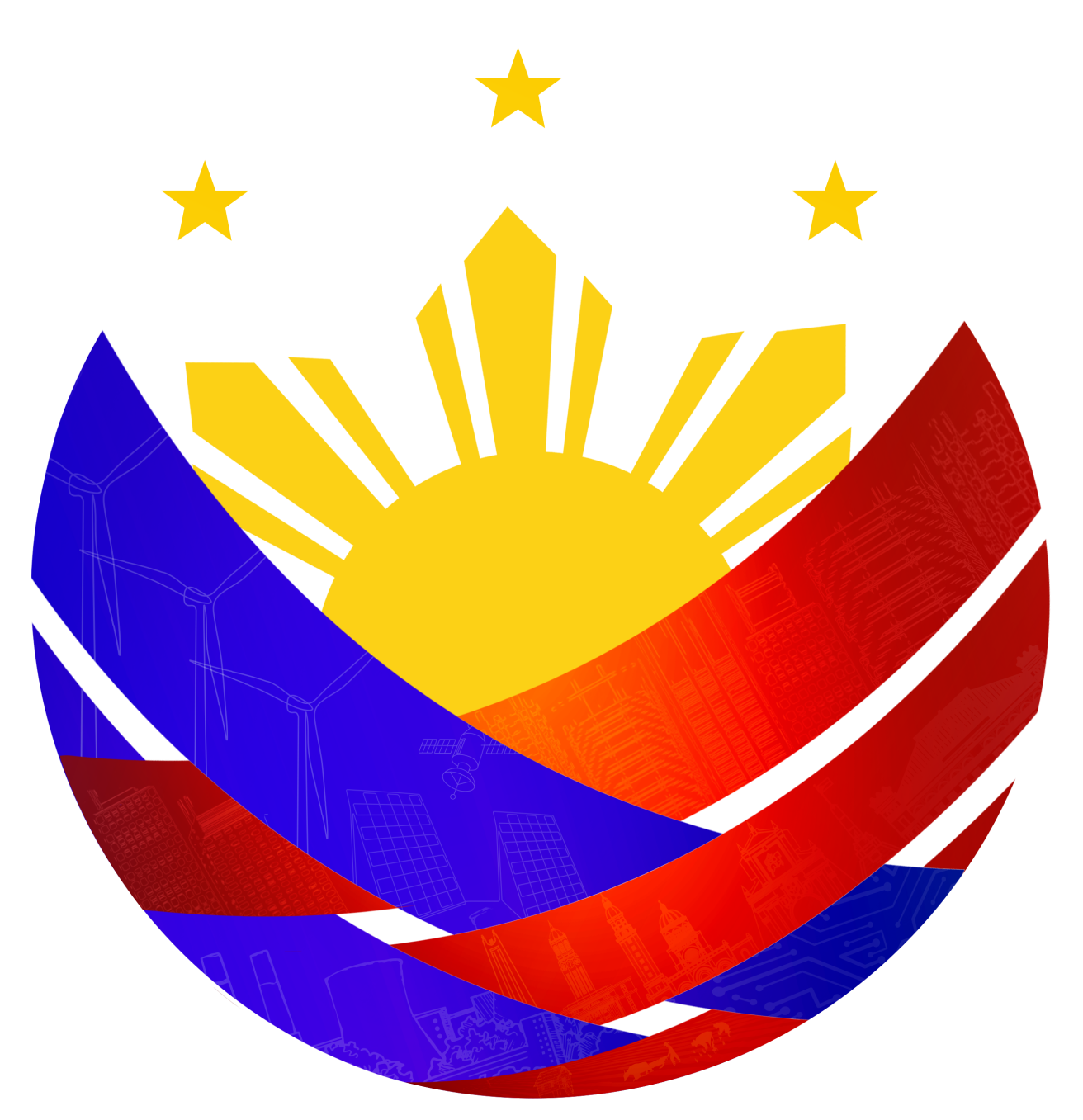
Province of Iloilo
Iloilo is a province of the Philippines located in the Western Visayas Region (Region VI) of the Visayas. The province covers roughly 4,997.64 square kilometers and is composed of 42 municipalities, 1 component cities, and a total of 1,721 barangays. The capital of the province is Iloilo City, which also serves as the regional center of Western Visayas. The name Iloilo is derived from 'Ilong-Ilong,' meaning 'nose-like,' referring to the shape of the Iloilo River as it flows into the Iloilo Strait.
History
Iloilo, located in the Western Visayas, was originally inhabited by the Ati people, with Austronesian-speaking Malays later establishing fishing and farming communities. By the 13th century, the province engaged in trade with Chinese, Japanese, and other Southeast Asian merchants, exchanging rice, cotton, and gold. Its fertile lands and strategic coastal location made it an important settlement. In 1566, the Spanish formally established Iloilo as a province, and Iloilo City became a major colonial center. During this period, agriculture thrived—especially rice, sugarcane, and cotton—and the province became a hub for trade and shipbuilding, earning Iloilo City the title 'Queen City of the South.' Iloilo also played a significant role in the Philippine Revolution against Spain, and later came under American rule after the Spanish-American War, experiencing modernization in education, infrastructure, and public health. During World War II, the Japanese occupied the province, causing hardships until liberation in 1945. Postwar Iloilo regained its economic prominence, particularly in sugar production, and continued developing as a cultural, commercial, and industrial hub. Today, Iloilo Province is celebrated for its historical landmarks, vibrant festivals, fertile lands, and maritime resources, making it a key province in the Visayas region.